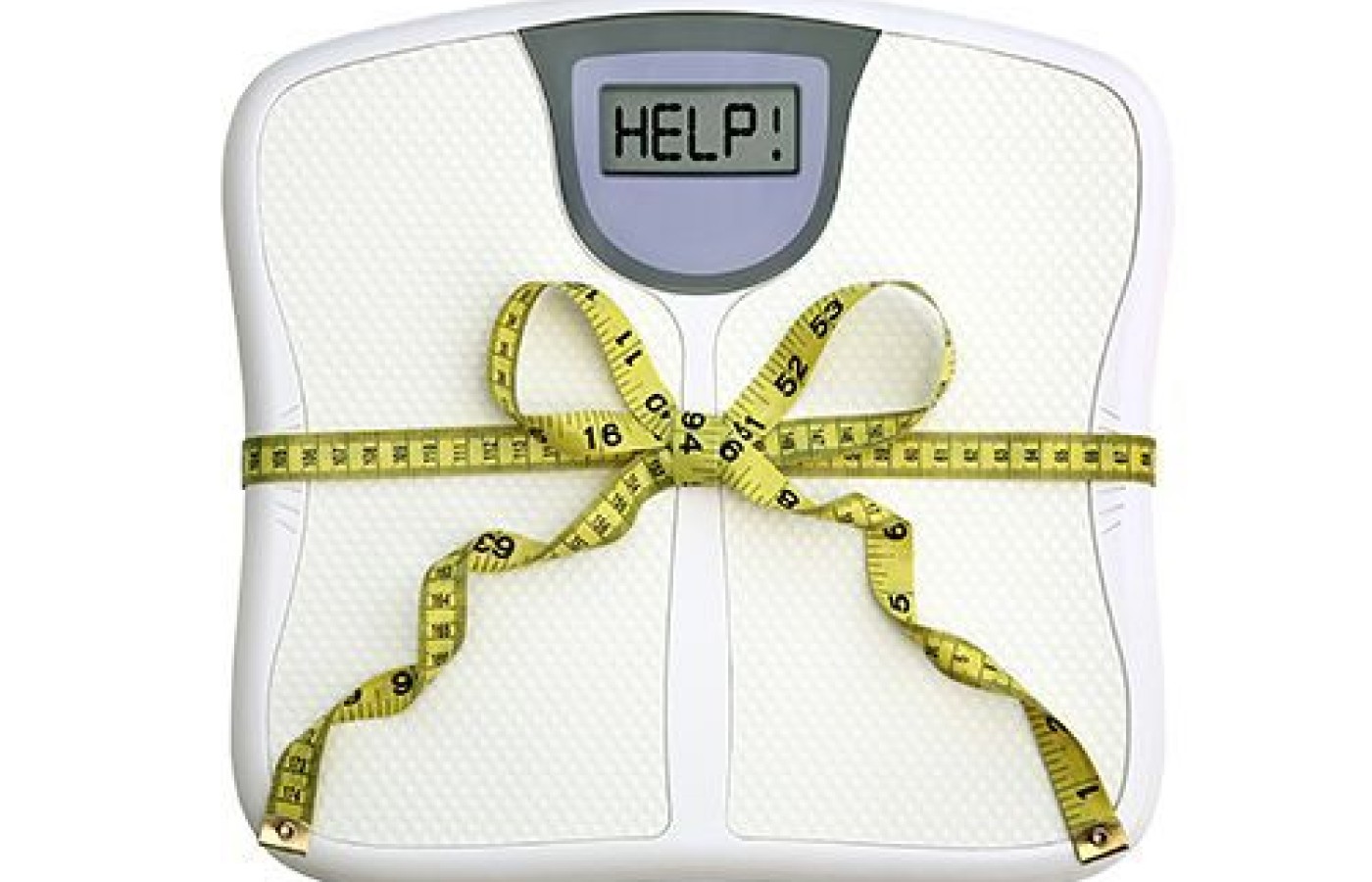Some doctors thrive in a personality-based clinic and have a loyal following no matter what services or equipment they offer, but for most chiropractic offices who are trying to grow and expand, new equipment purchases help us stay relevant and continue to service our client base in the best, most up-to-date manner possible. So, regarding equipment purchasing: should you lease, get a bank loan, or pay cash?
Don't Ignore Your Patients' Weight Any Longer
Chronic inflammation is sometimes called the "silent killer." It can be very painful or there can be very few, if any, symptoms. It can smolder like an inactive volcano for years and then one day erupt with symptoms, perhaps too late, resulting in heart disease, cancer, diabetes, Alzheimer's or other diseases.
Within the medical community, treatment of chronic inflammation has increased in recent years. But like so many medical subjects, most of the energy seems to have gone into treating the symptom, rather than finding and eliminating the cause.
There can be many causes of chronic inflammation, including subluxation or nerve interference. Certainly adjustments can lessen chronic inflammation; however, one trigger of chronic inflammation is rarely discussed and too often goes untreated: excess body fat.
Reason #1: Weight Impacts Structure Including the Spine
It is estimated that 1 pound of excess weight within the body can result in 3 pounds of extra strain on the spinal column, specifically the lumbar.
A study done in 20121 evaluated 2,599 apparently healthy individuals and found degeneration in their bodies due to the extra pounds they were carrying. It was found that obese patients had more disc degenerative levels, higher severity of disc degeneration, and more often had disc-space narrowing compared to non-obese individuals.
Degenerated discs can become herniated, causing sciatica pain and other problems. The pressure of extra weight can also trigger the development of osteoarthritis of the spine and joints.

As a DC, you know excess weight can cause such structural issues. But what most people, and many doctors, might not know is that extra weight alone can contribute to 20 or so diseases – not because of the poundage, but because of the chemical reaction brought on by excess fat.
Reason #2: Excess Fat Works to Create Disease
Fat cells are made up of loose connective tissue. These fat cells (or fatty tissue) produce something called cytokines – tiny secreted proteins that, when released, have an effect on the behavior of cells surrounding them.
Ananya Mandal, MD, defines cytokines this way: Cytokines are cell signaling molecules that aid cell to cell communication in immune responses and stimulate the movement of cells towards sites of inflammation, infection and trauma.2
A normal amount of body fat does not produce excess cytokines leading to chronic inflammation. But as fat cells grow larger, they produce more and more cytokines, resulting in long-term inflammation.
Surrounding the fatty cells are other cells called macrophages, which also produce cytokines. Macrophages are cells capable of engulfing and absorbing bacteria and other small cells and particles. Macrophages are white blood cells found at the site of infection.
A certain amount of macrophages are necessary for good health, as they patrol the body for infection and clean up cells after the die off. However, as fat cells expand, the proportion of macrophages increases. In overweight people, most of the inflammation-promoting cytokines are coming not from the fat cells, but from these macrophages!3
The increase in macrophages around fat cells indicates that the immune system attacks excess fat as if it were bacteria or an infection. Thus, the excess production of macrophages (caused by extra fat) triggers chronic inflammation!
Chronic inflammation interferes with the body's healthy tissues, triggering genetic mutations that can lead to cancer, the bursting of plaque in an artery wall, diabetes, depression, heart disease, stroke, Alzheimer's and more.
But by reducing fat in the body, you reduce the production of cytokines, which in turn reduces the incidence of chronic inflammation. Fat is not the only thing that causes chronic inflammation, but it is certainly one of the major triggers.
Reason #3: You Believe in Whole-Body Wellness
Unfortunately, in our politically correct society these days, it can seem "impolite" to talk about someone's weight. (Yes, some doctors even feel this way!). It's as if fat is a disability one is born with, like being born deaf or blind. So untrue.
I look at excess fat the same way I would look at a chronic cough. One shouldn't ignore a chronic cough. Fat is a symptom of disease. Like a cough, if you rid the body of the cause, you rid the body of the symptom.
So, as a chiropractor, should you just ignore the patient's weight? Should you be "polite" and not mention the fact that they are carrying an extra 20, 50 or 100 lbs that is putting pressure on their spine and creating inflammatory disease in their body?
Might your adjustments hold better if fat and inflammation were reduced? Might your patients experience less pain and less disease?
Although excess fat causes inflammation, fat itself, of course, is a symptom triggered by other causes. There are four specific main causes that bring about excess fat: 1) body toxicity; 2) lack of activity; 3) overeating; and 4) consuming excess simple carbs. (One could add other contributing factors to this list, such as stress, hypoactive thyroid, etc. The above are simply the major causes in most people.)
A good weight-loss method will address and reverse all four of these culprits of excess fat, resulting in swift, healthy, permanent weight loss.
So, when it comes to your overweight patients, the real question to you is, "What is your role as a chiropractor?" Treating excess fat is a whole-body approach to wellness. Not all chiropractors are interested in such a wellness approach. For the ones who are, I hope this information adds clarity to fat's role in disease.
References
- Samartzis D, Karppinen J, Chan D, et al. The association of lumbar intervertebral disc degeneration on magnetic resonance imaging with body mass index in overweight and obese adults: a population-based study. Arthritis Rheum, 2012;64:1488-1496.
- www.news-medical.net/health/What-are-Cytokines.aspx
- Lumeng CN, Bodzin JL, Saltiel AR. Obesity induces a phenotypic switch in adipose tissue macrophage polarization. J Clin Invest, 2007;117:175-84.



